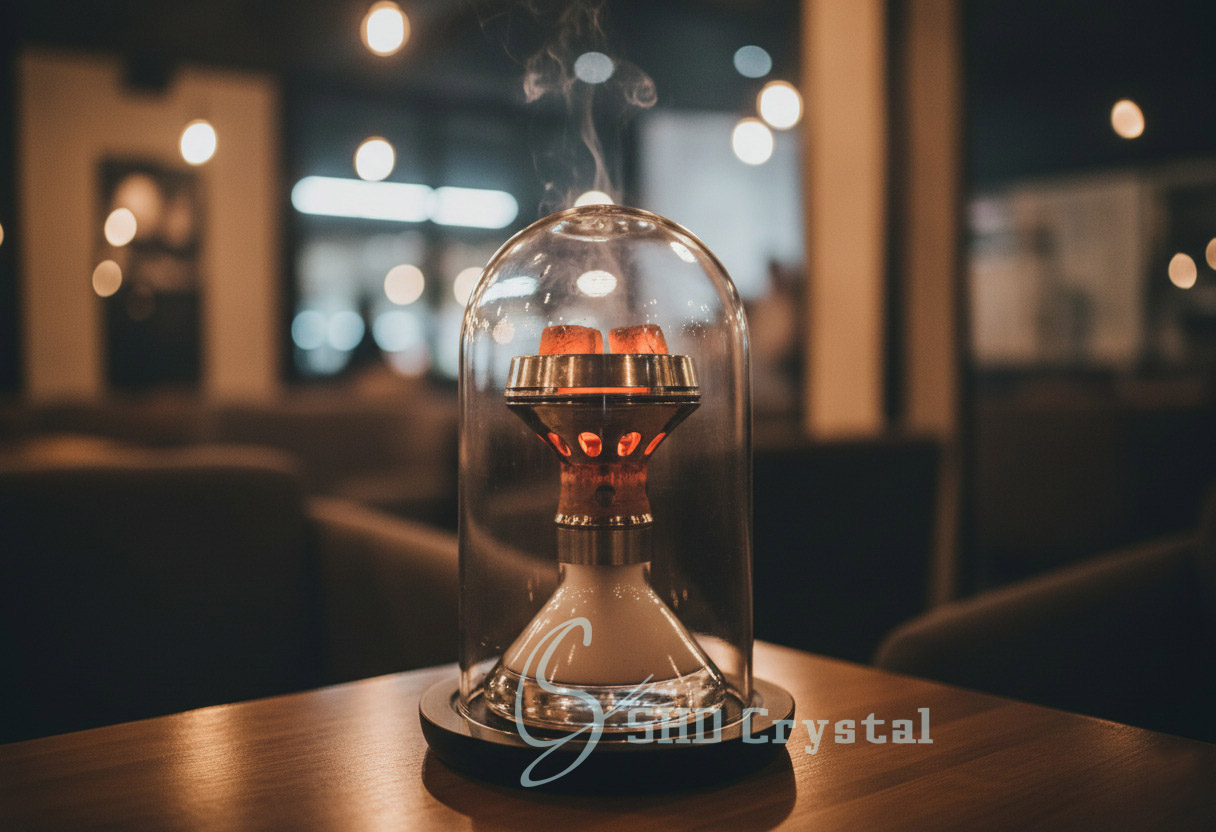> Blogs > Transparent Glass Hookah Domes: Data, Safety, Setup Guide
Transparent Glass Hookah Domes: Data, Safety, Setup Guide
Core keywords: transparent glass hookah domes, borosilicate glass 3.3, thermal shock resistance

From a usability and quality standpoint, transparent glass hookah domes change the way enthusiasts manage heat and monitor the session in real time. Because the dome is optically clear, you can track charcoal glow, ash accumulation, and airflow behavior without removing components—reducing disturbances while improving consistency. Paired with borosilicate glass 3.3 and sound maintenance, the result is repeatable performance rather than guesswork.
Why transparent glass hookah domes matter
Material data you can verify
For buyers and OEM teams, two figures are useful when evaluating transparent glass hookah domes:
- Thermal expansion (20–300 °C) ≈ 3 × 10⁻⁶ K⁻¹ for borosilicate glass 3.3, which underpins its high thermal shock resistance compared with common soda-lime glass[1]
- Operating temperature envelope for SCHOTT BOROFLOAT®-class borosilicate: continuous up to ~450 °C, short-term up to ~500 °C under laboratory conditions[2]
These are reference ranges, not performance guarantees; users should validate them under their own application conditions.
Quality control & durability
The durability of transparent glass hookah domes is not determined by thickness alone; stress management through proper annealing plays a critical role.
Polariscopic examination per ASTM C148-00 (2015) is widely used to assess residual stress and verify annealing quality in glass manufacturing[3]
This method allows QC teams to detect non-uniform stress distributions before assembly.
When combined with the chemical durability and high transparency of borosilicate glass 3.3, manufacturers can ensure stable performance over repeated heating and cleaning cycles[4]
Care & cleaning best practices
To preserve clarity and thermal shock resistance, allow hot parts to cool before rinsing; avoid extreme quenching. Use non-abrasive brushes and neutral pH detergents to protect the surface finish that gives glass its low haze and high transmission. If you operate commercially, standardize a cooldown window and log it; consistent handling often extends service life more than added thickness ever could.
“As a glass hookah accessories OEM engineer, I value domes that publish material callouts like borosilicate glass 3.3 and annealing methods,” notes a product lead at a European glasswork. “When teams can see the charcoal through transparent glass hookah domes, they make fewer heat-management mistakes—and that keeps sessions stable.”
Bottom line: transparent glass hookah domes deliver measurable advantages—viewing, cleaning, material stability—grounded in well-documented glass properties. Specify materials, respect temperature limits, and audit stress via recognized methods to keep performance consistent.
Conclusion
For users and brands aiming at repeatable quality, transparent glass hookah domes offer clarity, control, and documented material behavior. Build your spec sheet around borosilicate glass 3.3, continuous temperature guidance, and annealing verification to maintain thermal shock resistance over the product’s life.
Want deeper benchmarks, drawings, or maintenance SOPs for transparent glass hookah domes? Subscribe to our blogs—covering hookah culture, historical origins, evolving market trends, and real customer stories from around the world. We irregularly publish in-depth features and case studies that bring the hookah community to life from multiple perspectives.
【2】SCHOTT AG (2020). BOROFLOAT® 33 — Technical Data Sheet. Mainz, Germany.
【3】ASTM C148-00 (2015) — Standard Test Methods for Polariscopic Examination of Glass Containers. ASTM International.
【4】SCHOTT AG. (2020). Thermal and optical properties of borosilicate glass.

- : info@shdcrystal.com
- : +86-755-2335 8353
- : No. 68 Shasong Road, Shajing Street, Bao'an District, Shenzhen, Guangdong Province
Follow us